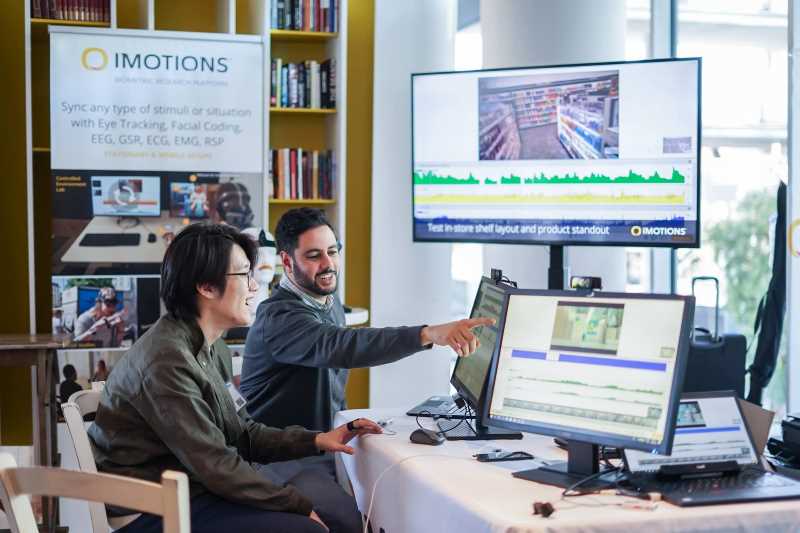Public places are enablers for diverse and desirable encounters within the city, as evident in the growing efforts by governments in their national policy-making and by academia in their research activities that aim to create mixed-use neighbourhoods capable of supporting such socialization. Novel architectural and urban approaches have thus evolved and developed to engage its users in a pluralistic manner. Public participation, in the form of Participatory Design/Planning, is therefore a powerful component influencing the design of public spaces, while addressing community concerns, especially when public participation in decision-making is lacking.







